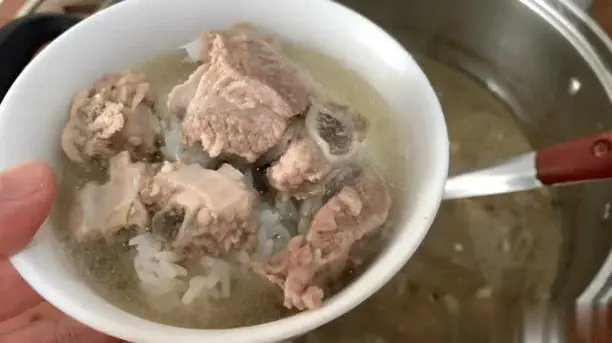
No Need for Sun-Drying: Rice Shop Owner Shares a Simple Trick to Keep Rice Weevil-Free All Year Long
No Need for Sun-Drying: Rice Shop Owner Shares a Simple Trick to Keep Rice Weevil-Free All Year Long
If your rice is tightly sealed but still attracts weevils, you’re not alone. A rice vendor recently shared this clever tip to store rice without ever worrying about pests again.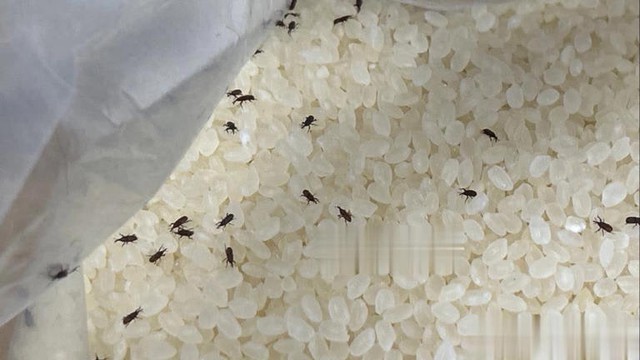
In the first half of the year, as temperatures rise, many households face an annoying problem: rice weevils. Seeing small insects crawling through your rice can make anyone feel uneasy. Many wonder: If the rice bag is tightly tied, how do weevils still get in? Is rice that has been infested still safe to eat? And more importantly—can we prevent this from happening?
Don’t worry—this article answers all of those questions. If you’re dealing with this issue, read on.
Where Do Rice Weevils Come From?
You may assume that your rice is clean and safely stored—sealed tightly in bags or containers—yet weevils still show up during the warmer months. So how do they get there?
In truth, the weevils aren’t coming from outside, nor are they spontaneously appearing. The eggs of rice weevils are already present on the rice husks when the grain is still in its raw, harvested form. Despite processing steps like drying, milling, and packaging, some eggs can remain embedded in the rice. Under the right conditions—warmth and humidity—these eggs hatch and weevils emerge. This is a natural process and nothing to panic about.
Is Infested Rice Still Edible?
Many people throw out rice when they see weevils, thinking it’s gone bad. However, rice weevils are not toxic or harmful to humans. Rice that has been affected by them can still be eaten.
That said, since weevils feed on the inner core of rice grains, the texture, flavor, and nutritional value may be reduced.
How to Deal With Rice That Already Has Weevils
If you’ve already found weevils in your rice, tossing it out seems wasteful. But it’s not exactly appetizing either. A common method is to sun-dry the rice in hopes that the weevils will crawl away. Unfortunately, this doesn’t work well. Sun exposure can dry out the rice excessively, making it brittle and less pleasant when cooked.
The better solution is to divide the rice into smaller portions and place them in the freezer overnight. The low temperature will kill the weevils. When it’s time to wash the rice, the dead weevils will float to the surface and can be easily removed.
How to Prevent Weevils in the First Place
The key to keeping rice free of weevils is early prevention—by stopping the eggs from ever hatching. Fortunately, all you need are two common kitchen ingredients: garlic and Sichuan peppercorns.
Take a disposable medical face mask, cut one end open, and place a few unpeeled cloves of garlic along with a small handful of peppercorns inside. Tie it shut, and you’ve got a natural anti-weevil sachet.
Bury this sachet into your rice container. If you store a large quantity of rice, make several sachets and place them in different corners. The pungent and spicy aroma of garlic and peppercorns repels weevils. Garlic contains sulfur compounds that naturally deter insects, helping to keep your rice safe from infestation.
Additional Storage Tips
After each time the rice container is emptied, make sure to clean it thoroughly. This helps eliminate any leftover weevils or eggs that could affect the next batch. During seasons when weevils are more likely to appear, avoid buying large quantities of rice at once. Buying smaller amounts more frequently reduces the chance of spoilage and makes storage easier.
Conclusion
Rice is a staple in many households, and preserving its quality is essential. Understanding that rice weevils come from within the grain—and not from outside contamination—can change how you approach storage. With a simple garlic-and-peppercorn sachet and smart handling, your rice can stay fresh and weevil-free all year round, no sun-drying required.
News in the same category


4 Healing Drinks to Prevent and Dissolve Kidney Stones

Top vegetable to help reduce visceral fat extremely effectively, nutritionist reveals 4 more easy ways to lose weight
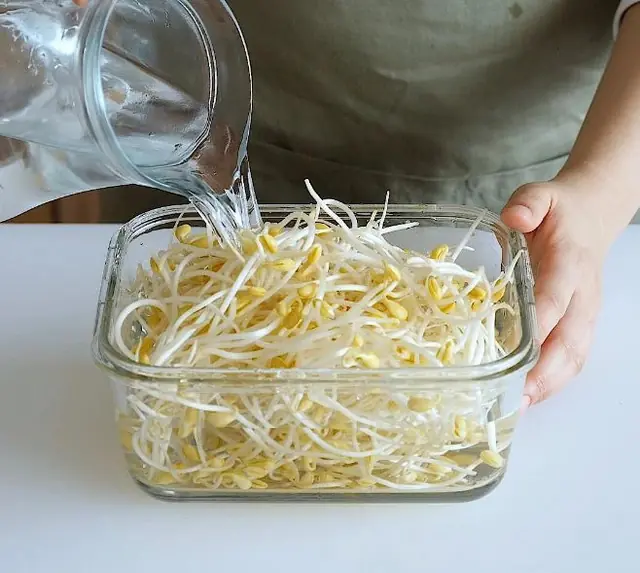
3 Common Yet Har.mful Ways People Store Bean Sprouts — Convenient but Nutrient-Depleting and Risky to Health
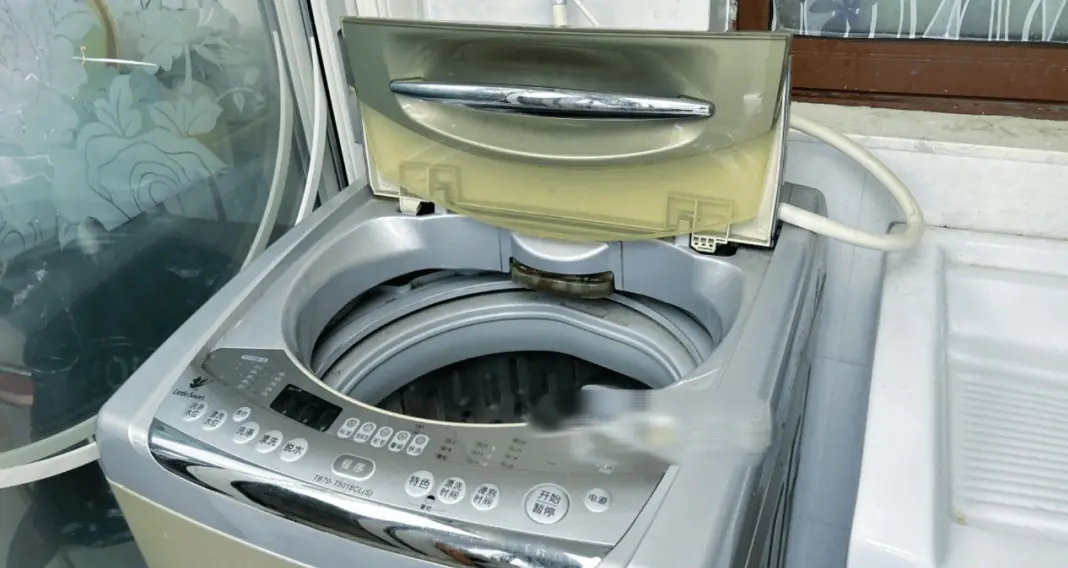
2 Hidden Spots in Your Washing Machine That Make Clothes Dirtier
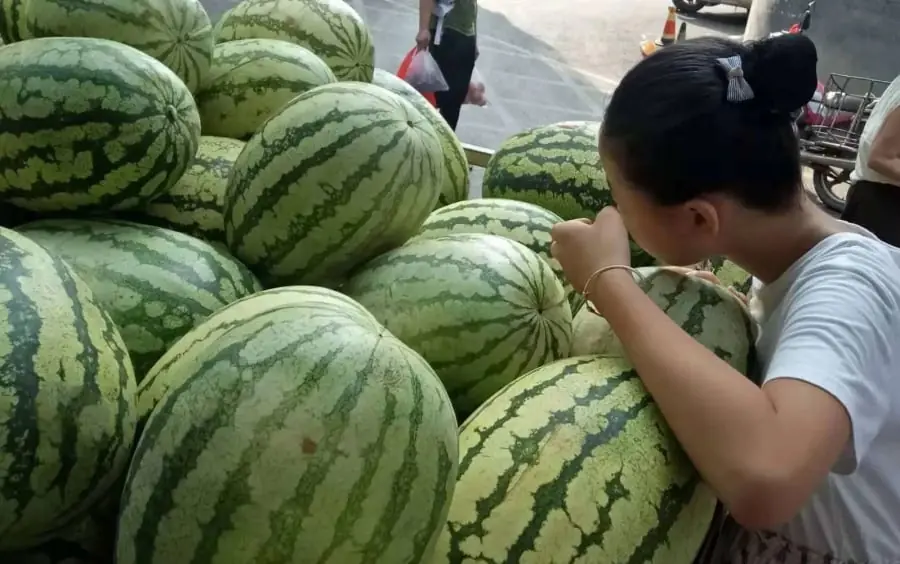
Summer, how to choose the right naturally sweet ripe watermelon: No need to type, just look at one spot and you'll know right away
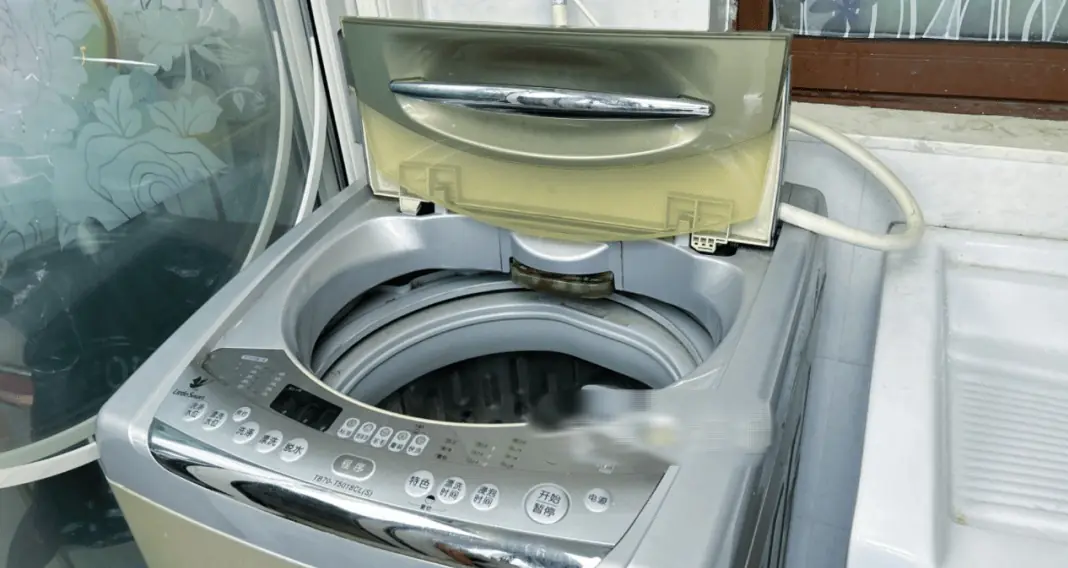
2 "hidden corners" of the washing machine that make clothes dirtier the more you wash them, 90% of people don't know

These 5 plants are the "nemesis" of formaldehyde: Swallow fine dust, purify air very well

8 habits to keep your kidneys healthy
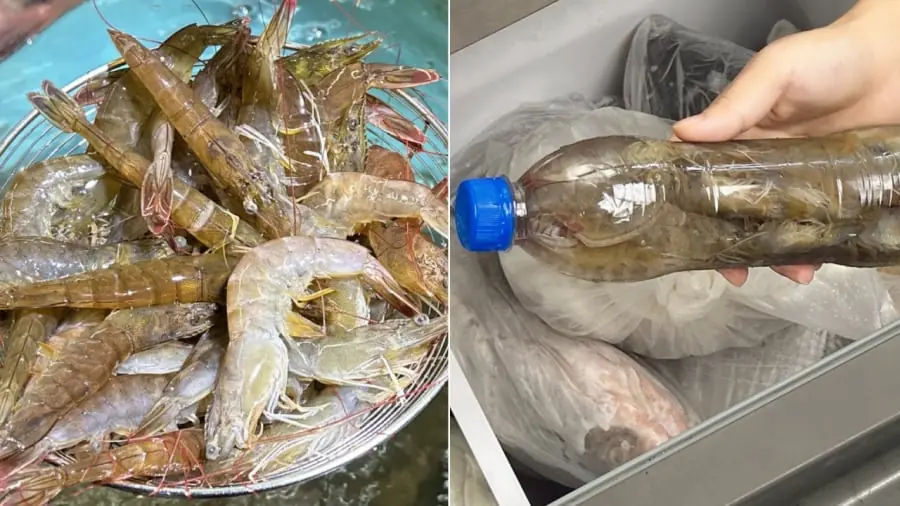
3 Smart Tips to Keep Shrimp Fresh for a Year—Still Firm, Sweet, and Delicious

4 taboos when defrosting food, know and avoid "inviting disaster"

How harmful is cooking oil for pets when used in food processing?
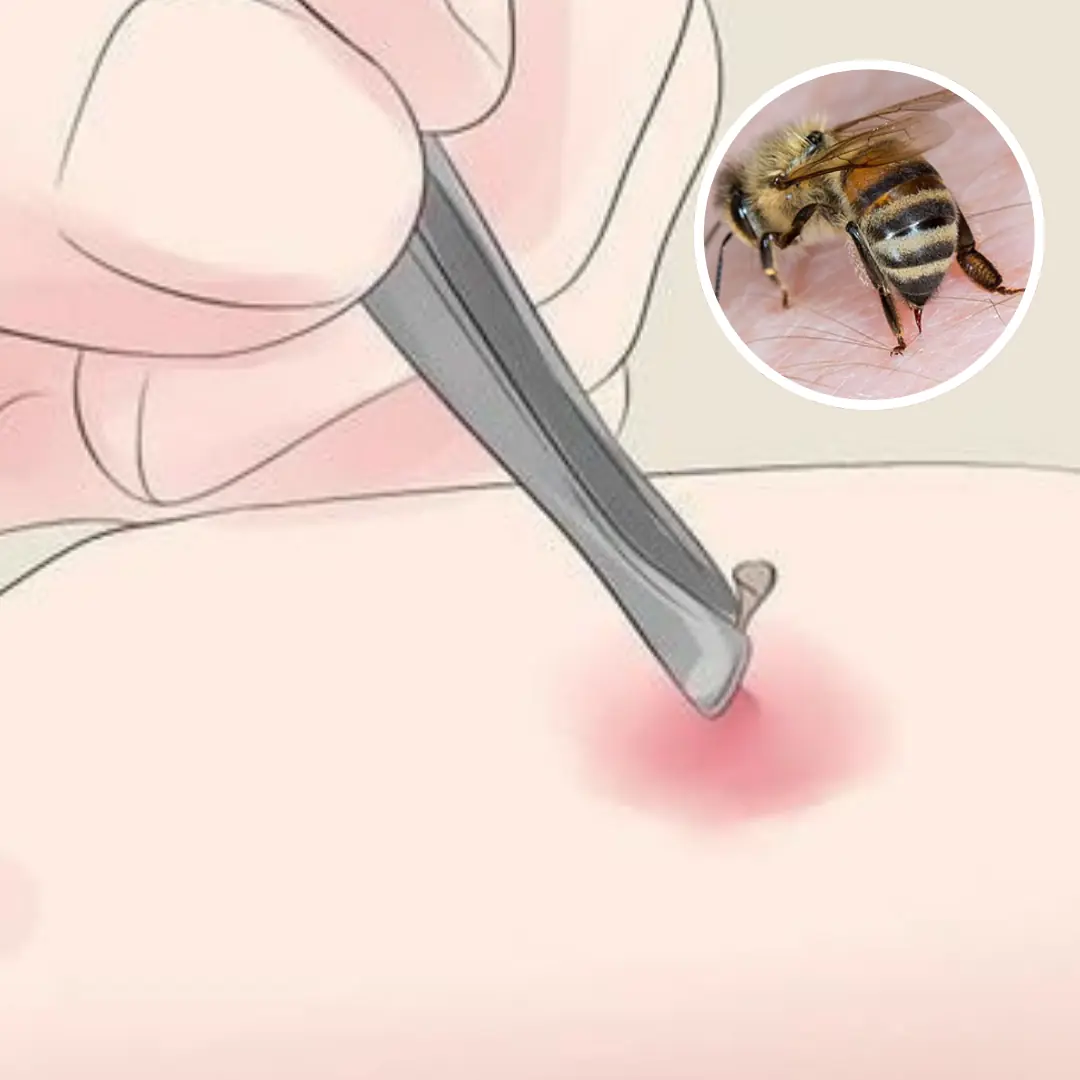
Is bee sting da.ng.erous and what is first aid?
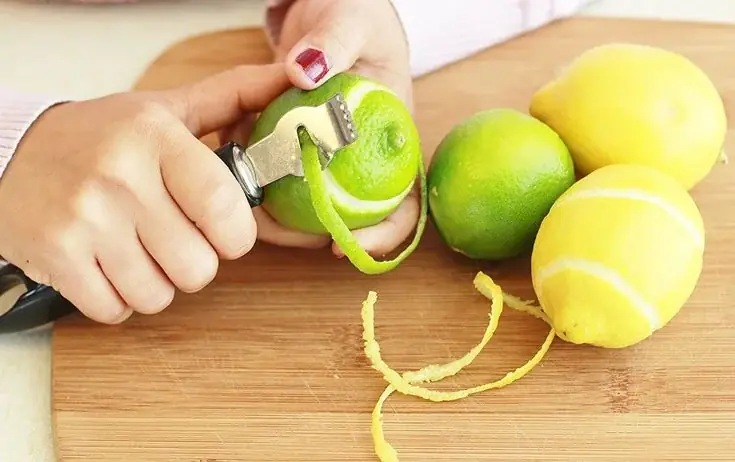
Don’t Throw Away Lemon Peels
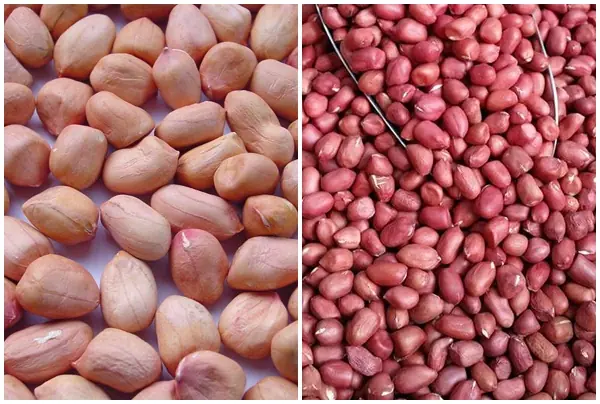
The difference between red peanuts and white peanuts
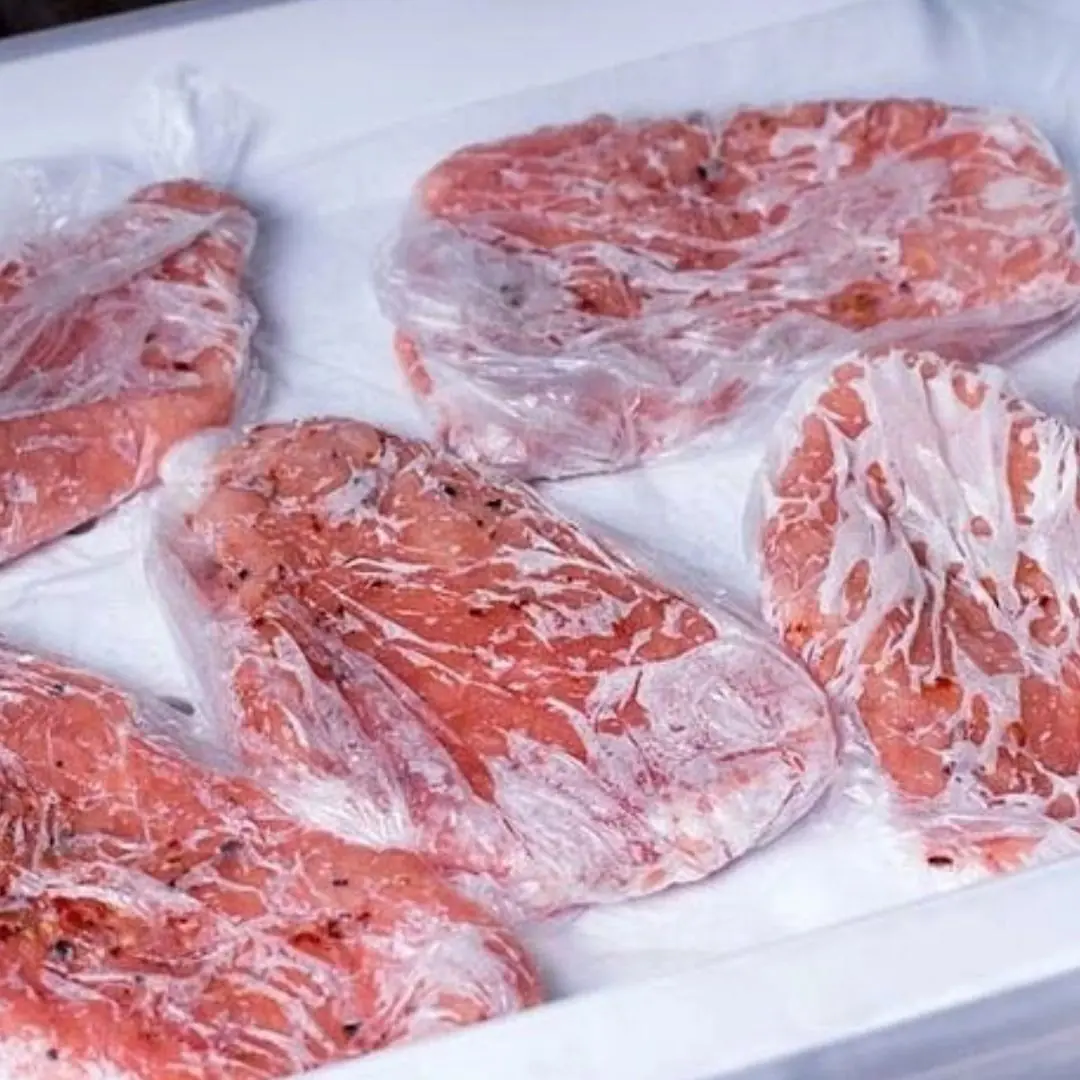
We have a habit of freezing meat and fish to eat gradually, so how long can frozen food be used to ensure safety and quality?
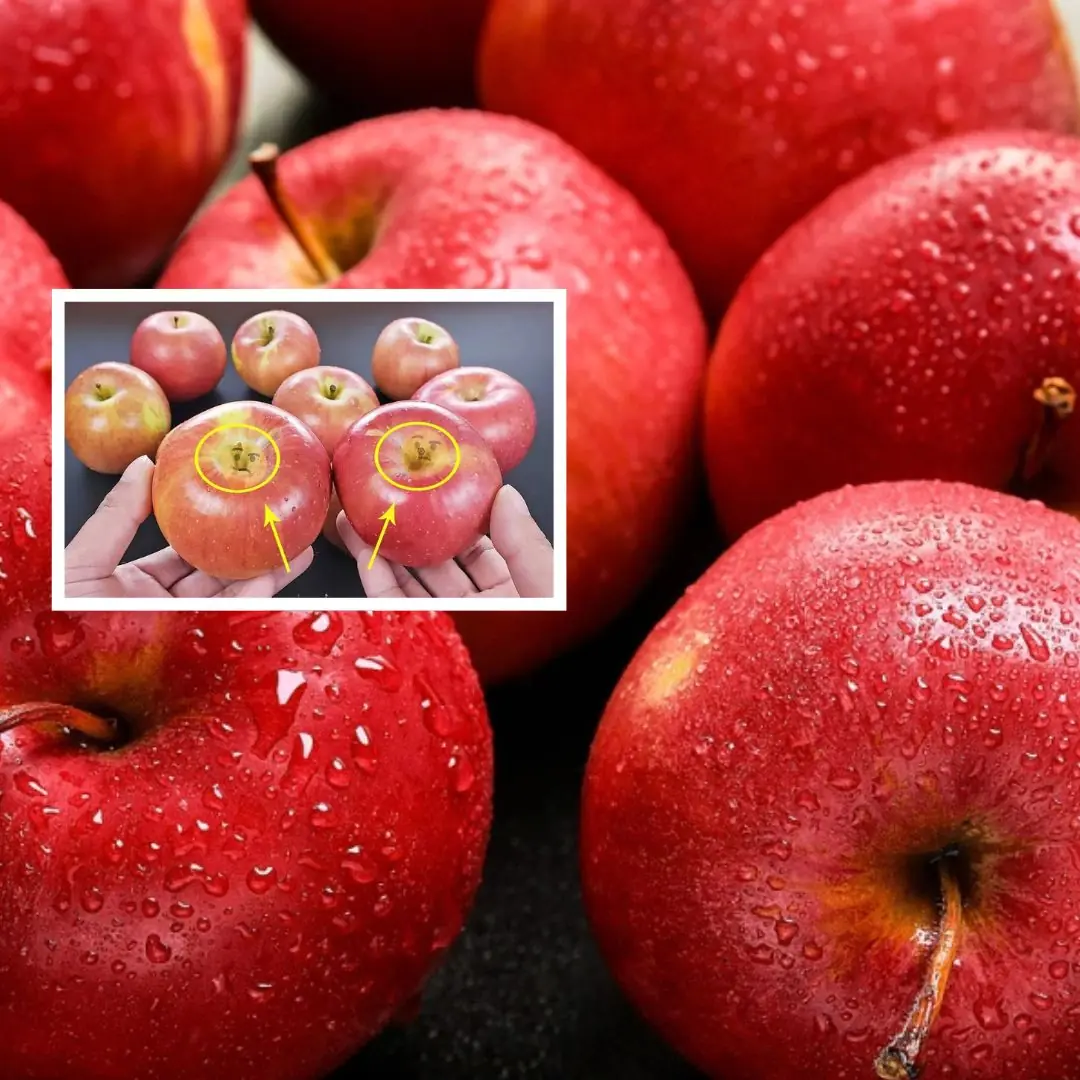
Want crisp, juicy, and delicious apples?

Ways to Maximize the Health Benefits of Cinnamon
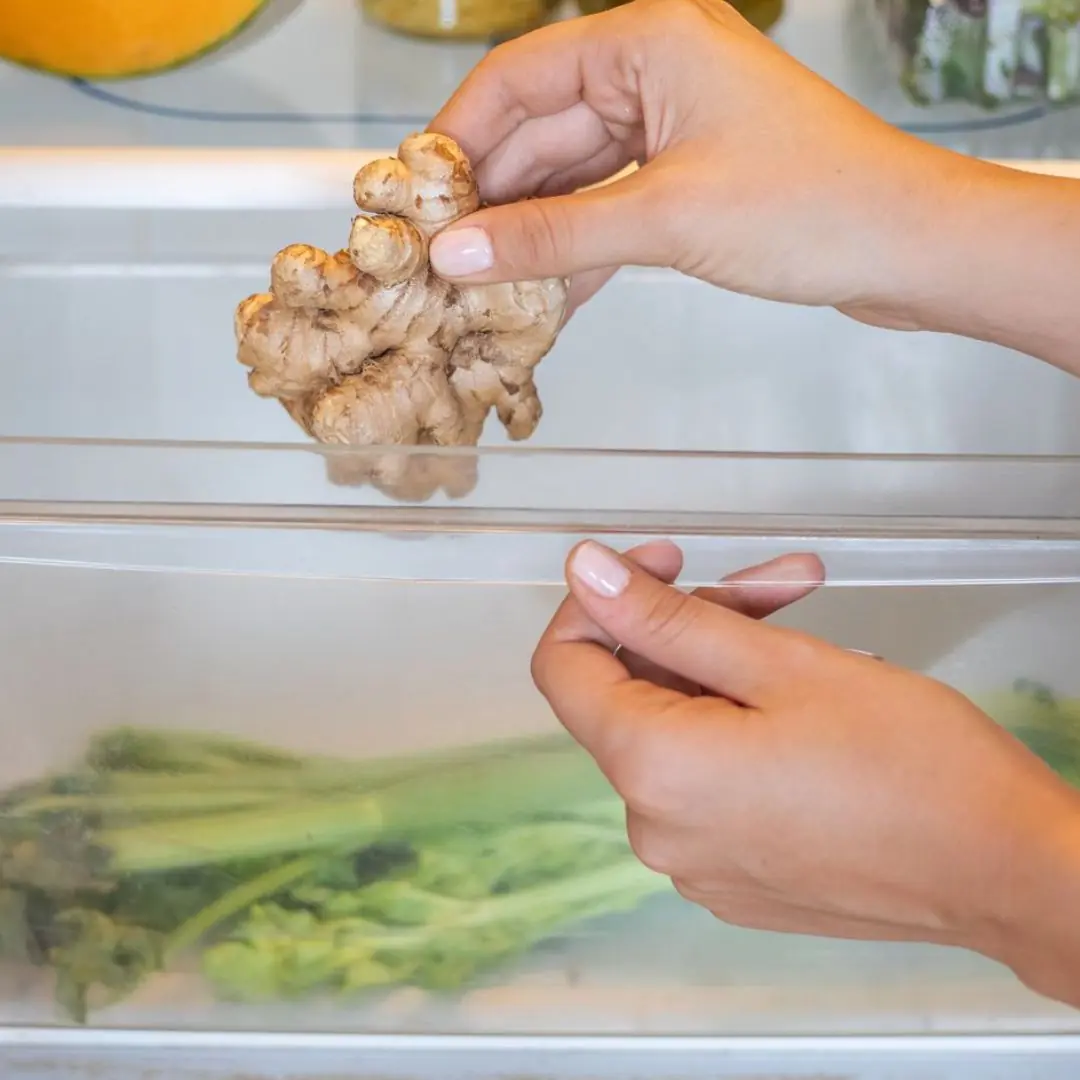
With just a few simple tips below, you can keep ginger fresh for up to 6 months, without refrigeration, without taking much time.
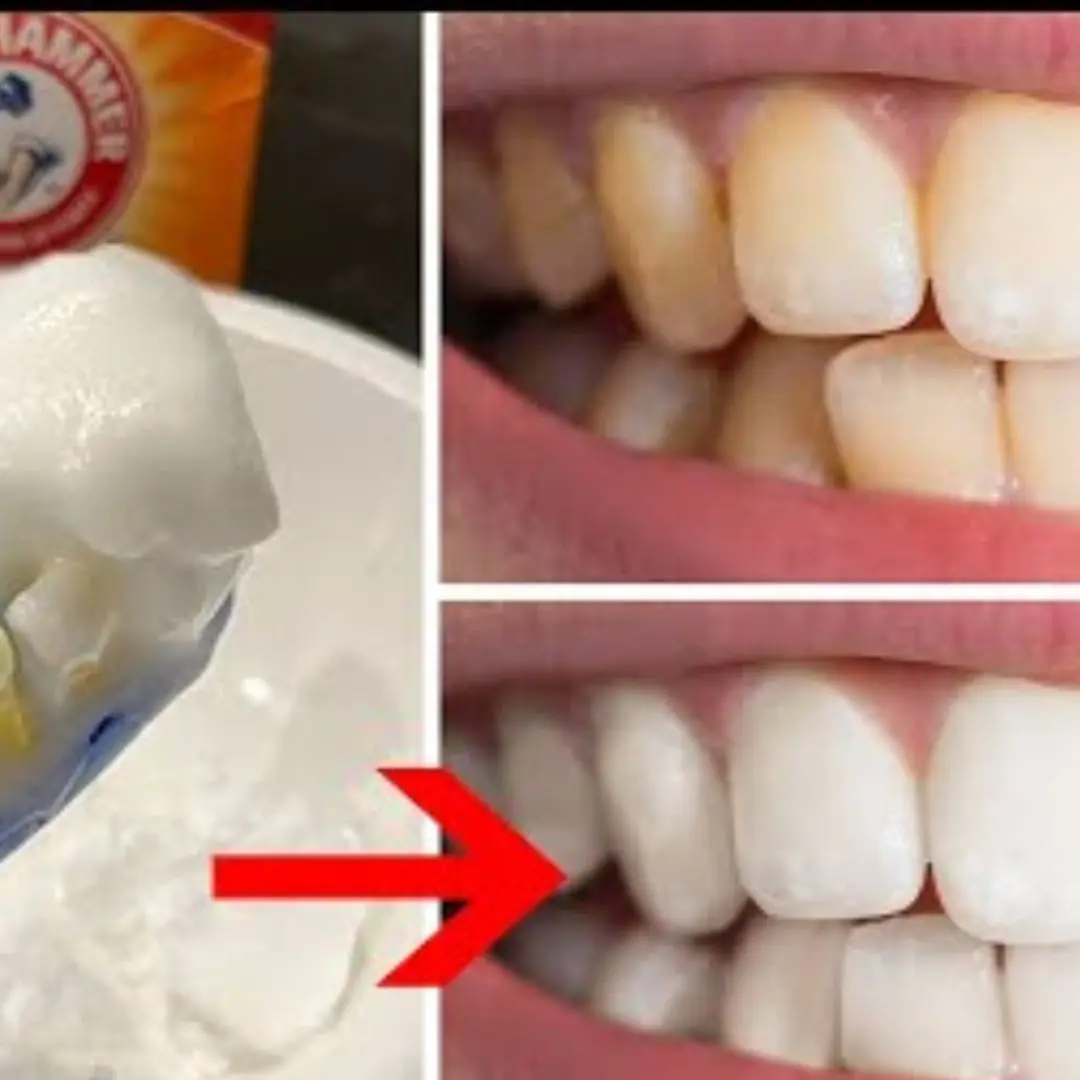
9 Natural Remedies For Teeth Whitening
News Post

The Most Nutritious Part of the Chicken—“Pricier than Gold” Yet Often Thrown Away by Home Cooks

Doctor Urges 4 Actions to Protect Your Body’s "Blo.od Filter"
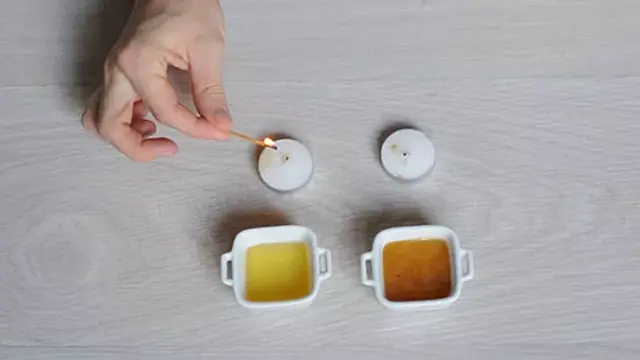
6 Smart Tips for Choosing Quality Honey Sellers Don’t Want You to Know

Can overly hot baths harm your heart and circulation?

7 signs of brain c.a.ncer that are easily confused with other diseases

4 Things to Avoid After 5 PM to Lower Your Risk of Stro.ke
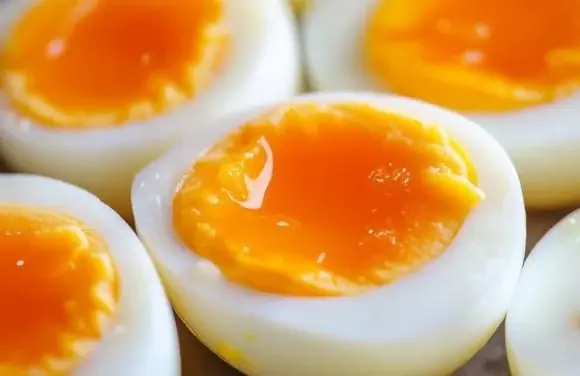
Doctors Warn: This Common Way of Eating Boiled Eggs Can Clog Your Arteries

Blanch Bones First or Simmer Directly?
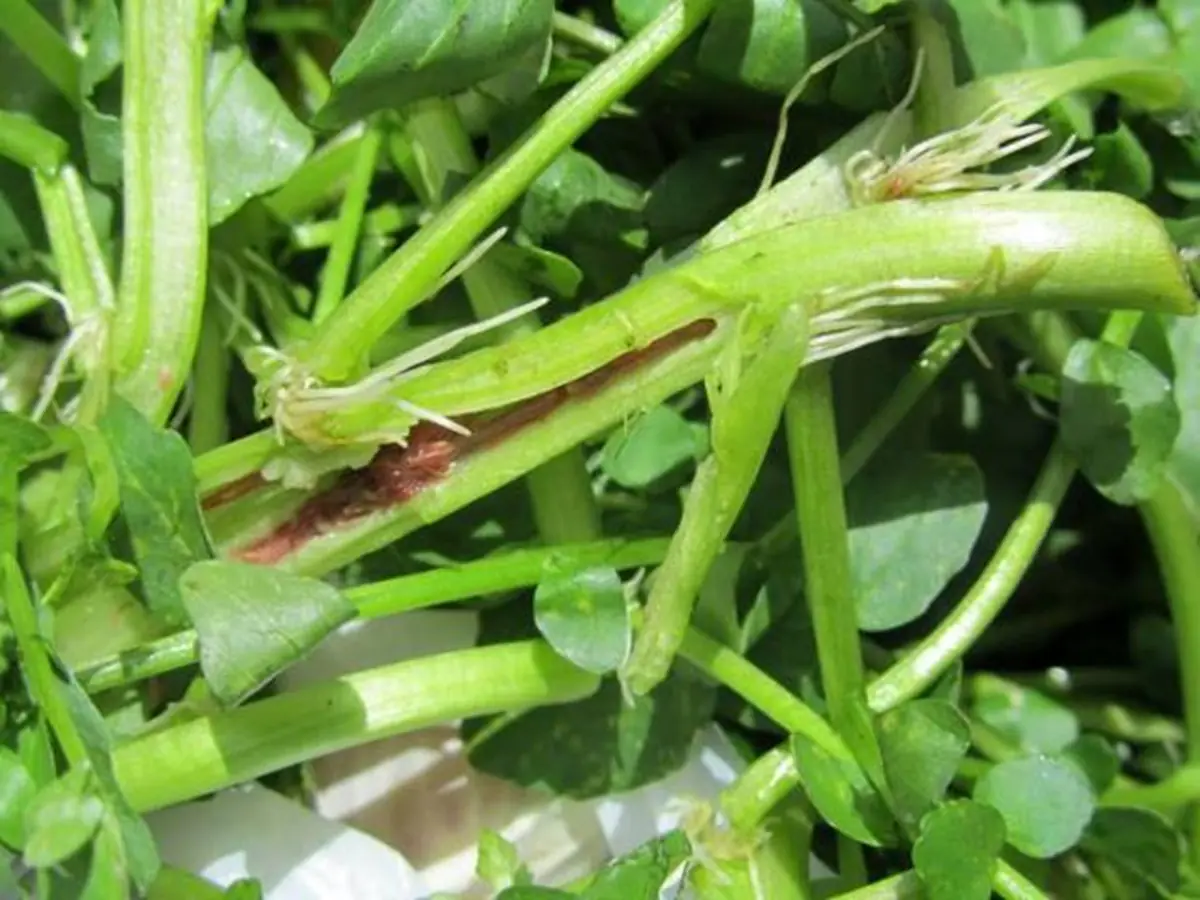
2 Common Vegetables That Can Harbor Parasites

The 'Vitamin C King' of the Vegetable World

Avoid Swimming If You Spot 'Square Waves'
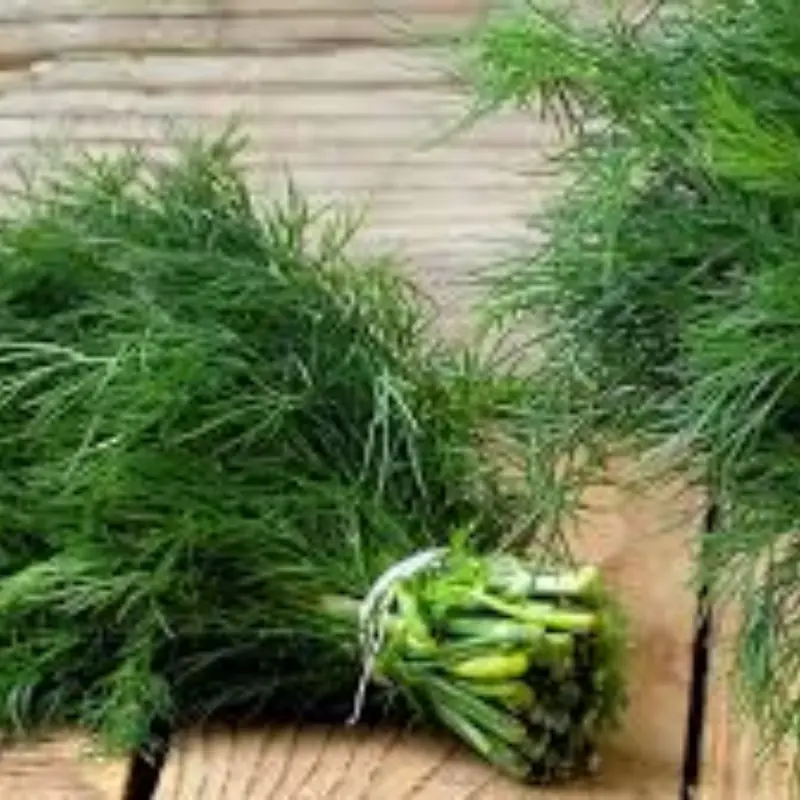
3 Green Vegetables Called the “King” of Sto.mach Protection
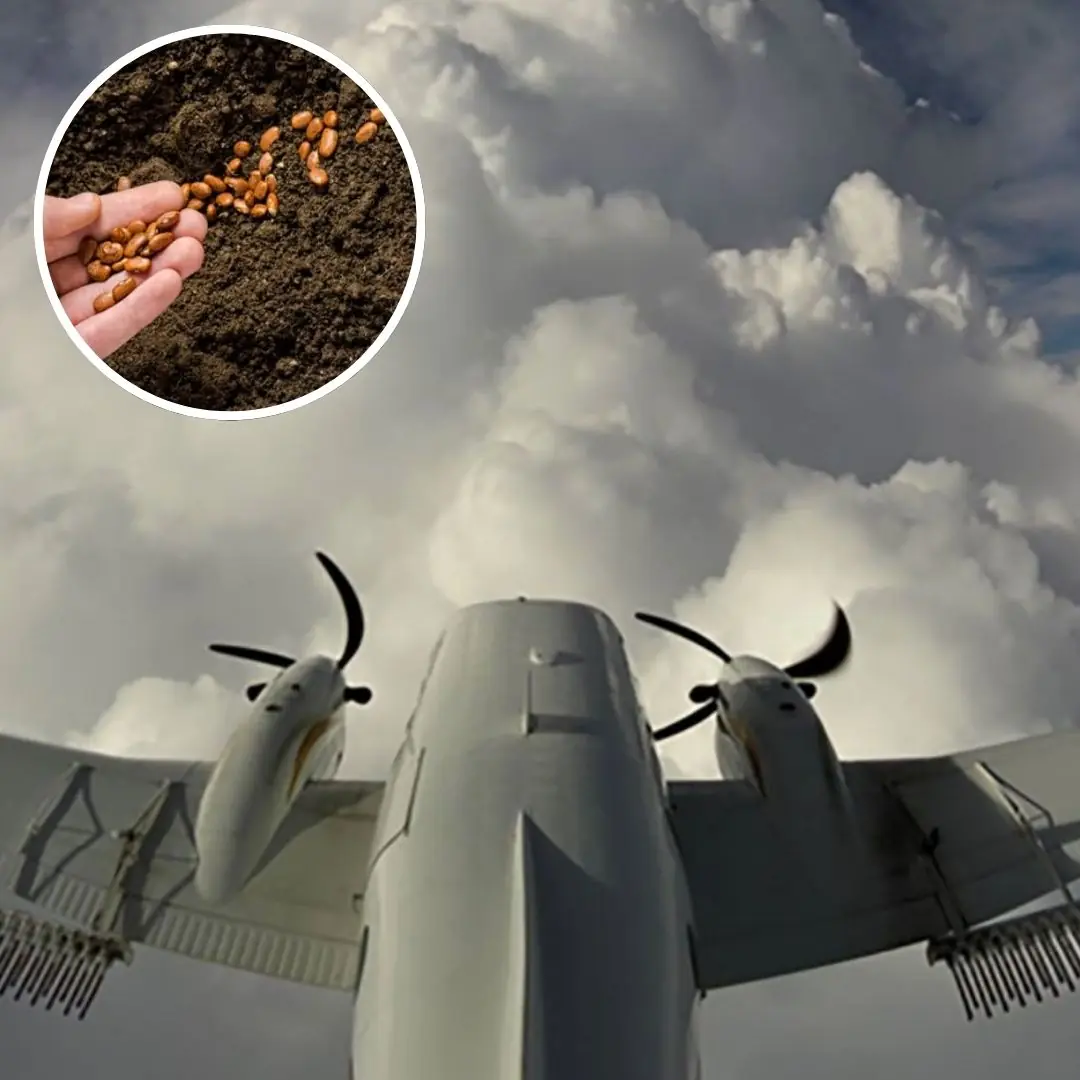
Why You Should Not Bring Seeds on a Plane: A Detailed Explanation

Bladder Ca.ncer: Symptoms You Shouldn’t Ignore

4 Healing Drinks to Prevent and Dissolve Kidney Stones

10 Powerful Reasons a Simple Smile Can Change Your Life

The Surprising Benefits of Donating Bl.o.od

5 types of vegetables and fruits help cool the liver and effectively lower liver enzymes

Top vegetable to help reduce visceral fat extremely effectively, nutritionist reveals 4 more easy ways to lose weight
